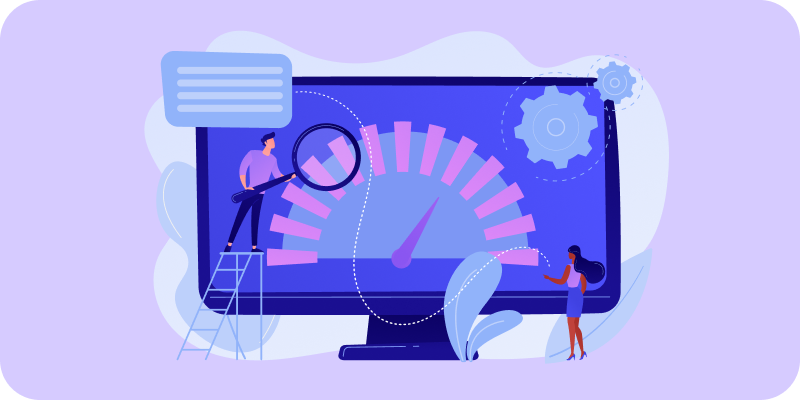What Is Bounce Rate on a Website and Why Should You Measure It?
Bounce rate is one of the most discussed metrics in the world of digital marketing and web design, and for good reason. This data can provide a clear insight into how visitors are interacting with your website and whether you’re managing to capture their attention. But what does bounce rate really mean? How can you measure it and optimize it to improve your site’s performance?
In this article, we’ll explore everything you need to know about this important metric, why it’s essential to measure it, and how to optimize it to achieve your digital goals.
What is Bounce Rate?
Bounce rate refers to the percentage of visitors who land on your website and leave without interacting further than the first page they visited. In other words, if someone visits your homepage but doesn’t navigate to other sections or engage with key elements like forms or buttons, that user is considered a “bounce.”
Practical Example:
- If 100 people visit your website and 40 of them leave after viewing just one page, your bounce rate is 40%.
Why Is It Important to Measure Bounce Rate?
1. Evaluates User Experience
A high bounce rate may indicate that something isn’t working well:
- Your content isn’t relevant to the visitor.
- The site design isn’t attractive or is hard to use.
- Load times are too long.
2. Impacts Your SEO
Google considers bounce rate as a relevance indicator. If users quickly leave your site, the search engine may interpret this as your content not meeting their needs, potentially affecting your ranking.
3. Affects Conversions
If users bounce without interacting, you’re losing valuable opportunities to convert them into potential clients or sales.

Where and How to Measure Bounce Rate
1. Google Analytics
The most popular tool to measure bounce rate is Google Analytics. You can easily find this data in the “Acquisition” report or in the general statistics of your website.
How to Access Bounce Rate in Google Analytics:
- Go to the main dashboard.
- Click on “Behavior > Site Content.”
- Check the bounce rate for each page.
Note: Since the launch of Google Analytics 4 (GA4), the metric has evolved into a more advanced one called “engagement rate,” which complements bounce data.
This tool offers heatmaps and behavior analytics, allowing you to pinpoint specific problems that may be causing bounces.
These platforms not only show you the bounce rate but also provide insights on how you compare with your competitors.
Common Causes of a High Bounce Rate
- Slow Load Times: Over 50% of users leave a site if it takes more than 3 seconds to load.
- Non-Responsive Design: If your page doesn’t adapt to mobile devices, you’ll lose most of your visitors.
- Irrelevant Content: If visitor expectations don’t match what you offer, they’ll leave quickly.
- Navigation Errors: Broken links or confusing menus can frustrate users.
How to Reduce Bounce Rate and Improve Your Website’s Performance
Optimize Load Times
Use tools like PageSpeed Insights to identify performance issues and fix them. Compress images, use fast hosting, and minimize unnecessary scripts.
Improve Design and Navigation
Ensure your design is intuitive and visually appealing. Include a clear menu, an internal search feature, and strategically placed calls to action.
Create Relevant and Engaging Content
The content should directly address the questions or needs of your target audience. Use clear, persuasive language, and include visual elements like images and videos.
Use Popups Strategically
While they can be useful, make sure popups aren’t intrusive or appear too soon.
Implement a Clear Call to Action (CTA)
Make it easy for users to take the next step, whether it’s subscribing, contacting you, or making a purchase. Example: “Discover how to improve your website with our professional design service.”
What Is an Ideal Bounce Rate for Your Site?
There’s no universal answer, as the ideal bounce rate varies depending on the type of page:
- Blogs: Between 70% and 90% is common because users read the content and leave.
- E-commerce: Ideally below 40%.
- Landing Pages: Between 30% and 50% is acceptable.
Bounce rate is a crucial metric for evaluating your website’s performance. Measuring and optimizing it will not only improve user experience but also help you capture more customers and increase conversions.
Is Your Bounce Rate Too High?
At Floix Agency, we help businesses like yours design and optimize websites that don’t just attract visitors but convert them into customers. Contact us today for a free consultation and take your digital strategy to the next level.





